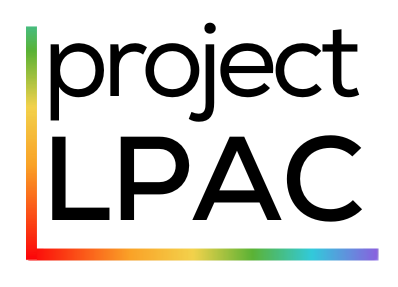VOTER ATTITUDES TOWARDS TRANSGENDER RIGHTS AND LEGISLATION
In 2022
In recent years, time and again conservatives have weaponized transgender rights as a wedge issue to divide voters.
- In a 2020 U.S. House race, openly LGBTQ candidate Gina Ortiz Jones was attacked in television ads which claimed her support for transgender rights was a “radical” danger.
- In 2021, former President Trump gave a speech at CPAC and stated women’s sports would “die” due to transgender athletes. Throughout the year, a record number of bills targeting transgender young people were introduced and passed in states.
- In 2022, South Dakota Gov. Kristi Noem signed one of the most restrictive transgender youth sports bans in the country. Later, the Governor of Texas instructed state agencies to investigate parents of transgender youth.
To address this trend, Project LPAC and Lake Research Partners completed a large-scale research project to study public facing messaging on transgender issues for advocates of equality. The project consisted of focus groups and an online survey of registered voters nationwide and in swing Congressional districts. This research provides baseline data around voter attitudes towards transgender issues and messaging recommendations to support transgender rights and answer political attacks.
Key Research Findings on Voter Attitudes:
Contrary to conventional wisdom, supporting transgender rights is a popular political position.
- 43% of voters say they would be more likely to vote for a candidate who stood up for transgender rights and inclusivity. Only 21% say it will make them less likely.
Voters sincerely and intensely want to end discrimination against transgender people.
- 73% of voters favor a policy that ensures that transgender people are be protected from discrimination in employment, housing, credit, education, public spaces, and health care.
- However, voters are “cross-pressured” and also favor anti-transgender policies related to sports and locker rooms. Even Democrats are not sure what is fair when it comes to sports and locker rooms.
- Values-based messages moves voters in a positive direction, and there is no backlash.
- After message testing, the percent of voters who say they would be more likely to vote for a candidate who stood up for transgender rights increases significantly, from 43% to 56%.
- Values-based messaging moves voters across parties, including Independents and Republicans.
Key Research Findings on Messaging:
Messaging should focus on values rather than policy. Across the board, pro-transgender values test better than anti-transgender messaging.
- Voters strongly support messaging that is rooted in the core values of freedom, respect, trust, opportunity, and belonging.
- Successful message frameworks establish shared values, highlight the divisive tactics of anti-transgender messages, specifically evoke transgender people, and close with a unifying call to action.
When candidates are attacked for their support for transgender rights, they should affirm their support for shared values and transgender people before shifting to their core election messages.
- The best responses to attacks are centered in the values of belonging, the Golden Rule, and unity over division.
- Candidates who are attacked should not center their response on themselves, they should focus on their voters and unifying values.

